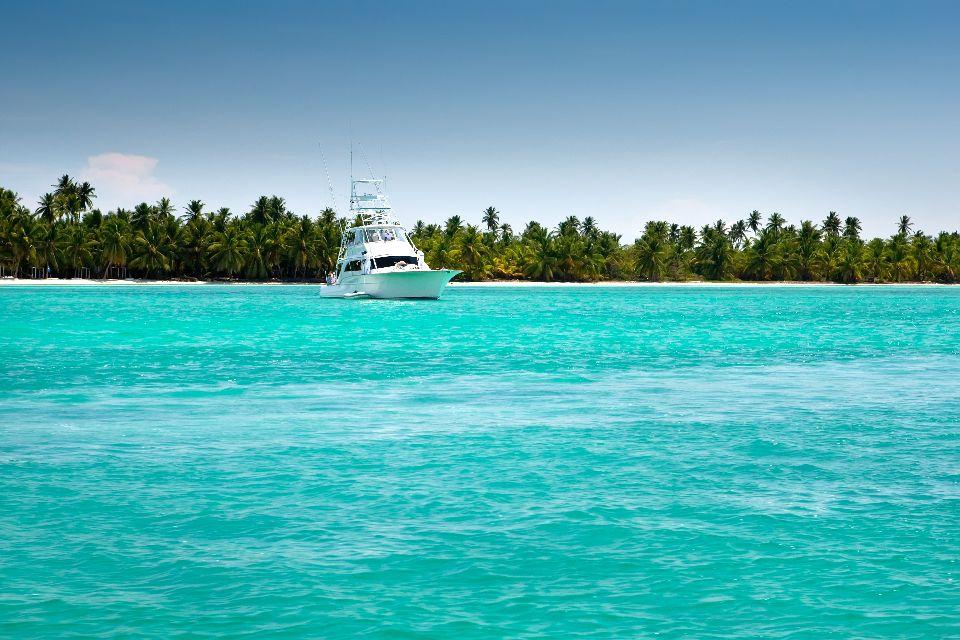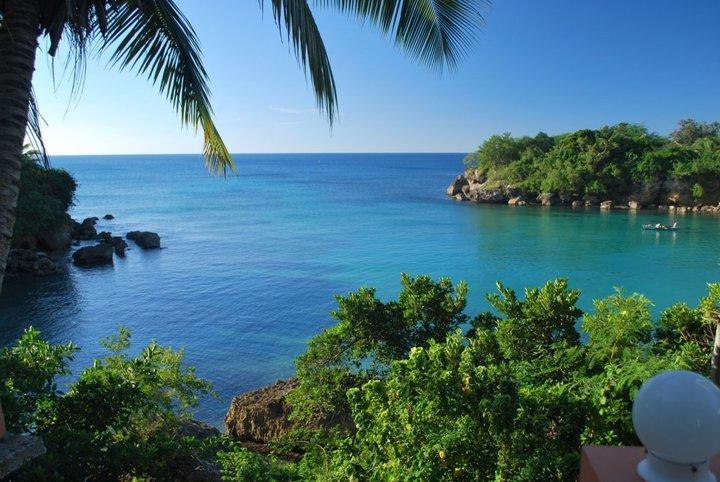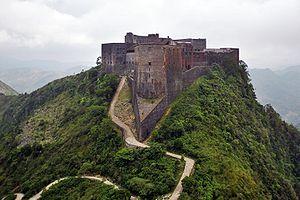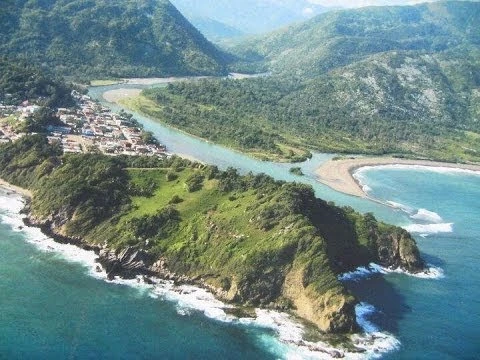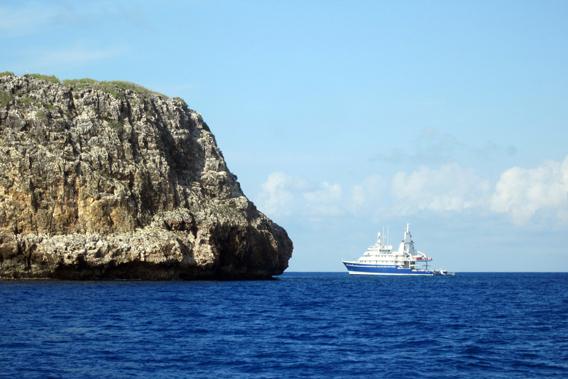The Island of Gonâve: Between History and Touristic Potential
The history of the Island of Gonâve, located off the coast of Haiti, dates back to ancient times and is marked by tragic events and migrations. The story begins with a massacre, that of Queen Anacaona, whose surviving court members found refuge on the island. Anacaona was known for enjoying bathing around Picmy, a place that left its mark on the island’s history. Thus, Gonâve became the last refuge of the Amerindians in Haiti.
In the 19th century, the fish-rich area of the island attracted fishermen who also engaged in agriculture. In 1976, a cyclone hit southern Haiti, prompting survivors to seek refuge on the Island of Gonâve, where they settled as farmers. During the American occupation, the island was divided into Congo societies, groups of people who worked and lived together. One of them, Faustin Wirkus, was chosen as king by the population in the 1920s, becoming the King of Gonâve. His controversial story, titled “The White King of Gonâve,” recounts his experience as an American officer turned king.
The Island of Gonâve is situated between the Saint-Marc Canal and the South Canal, stretching over 57 km in length and covering an area of 800 km², making it as large as Martinique. Despite its tumultuous history, it remains fairly preserved, and few changes have taken place since Faustin Wirkus’s descriptions.
However, the Island of Gonâve holds considerable touristic potential. The beauty of its coral reefs and beaches make it an ideal place for the development of touristic infrastructure, similar to Labadie Beach in Cap-Haïtien. Such an initiative would allow for the utilization of the island’s natural resources and promote local economic development.
Unfortunately, for now, the Island of Gonâve remains off the major tourist routes of the country. However, with prudent and responsible management of its natural resources, it could become a desired destination for travelers seeking tranquility, natural beauty, and authentic experiences. By preserving its historical heritage and valuing its natural heritage, the Island of Gonâve could flourish and establish itself as an undiscovered gem of Haiti, ready to unveil its treasures to visitors from around the world.


